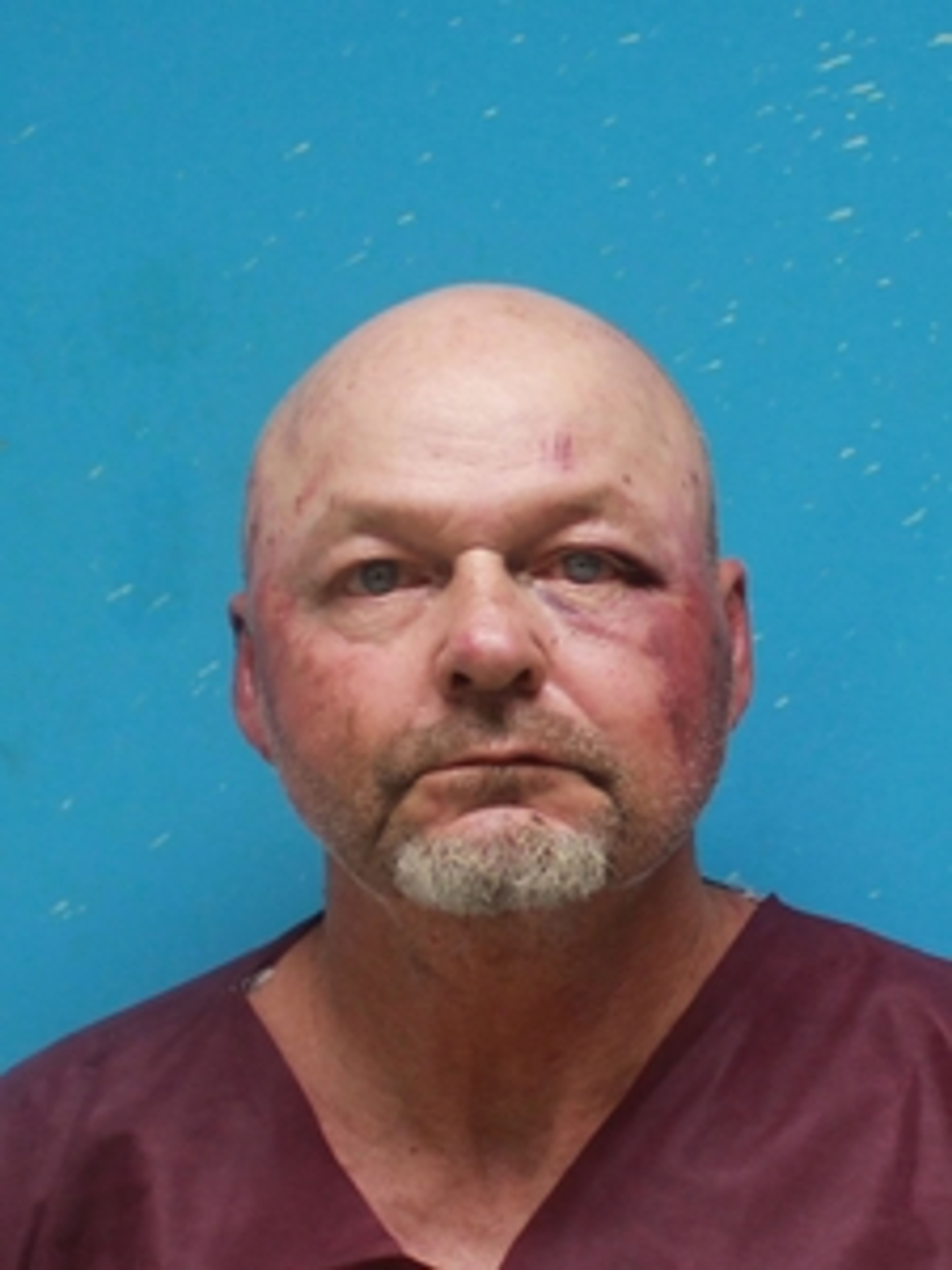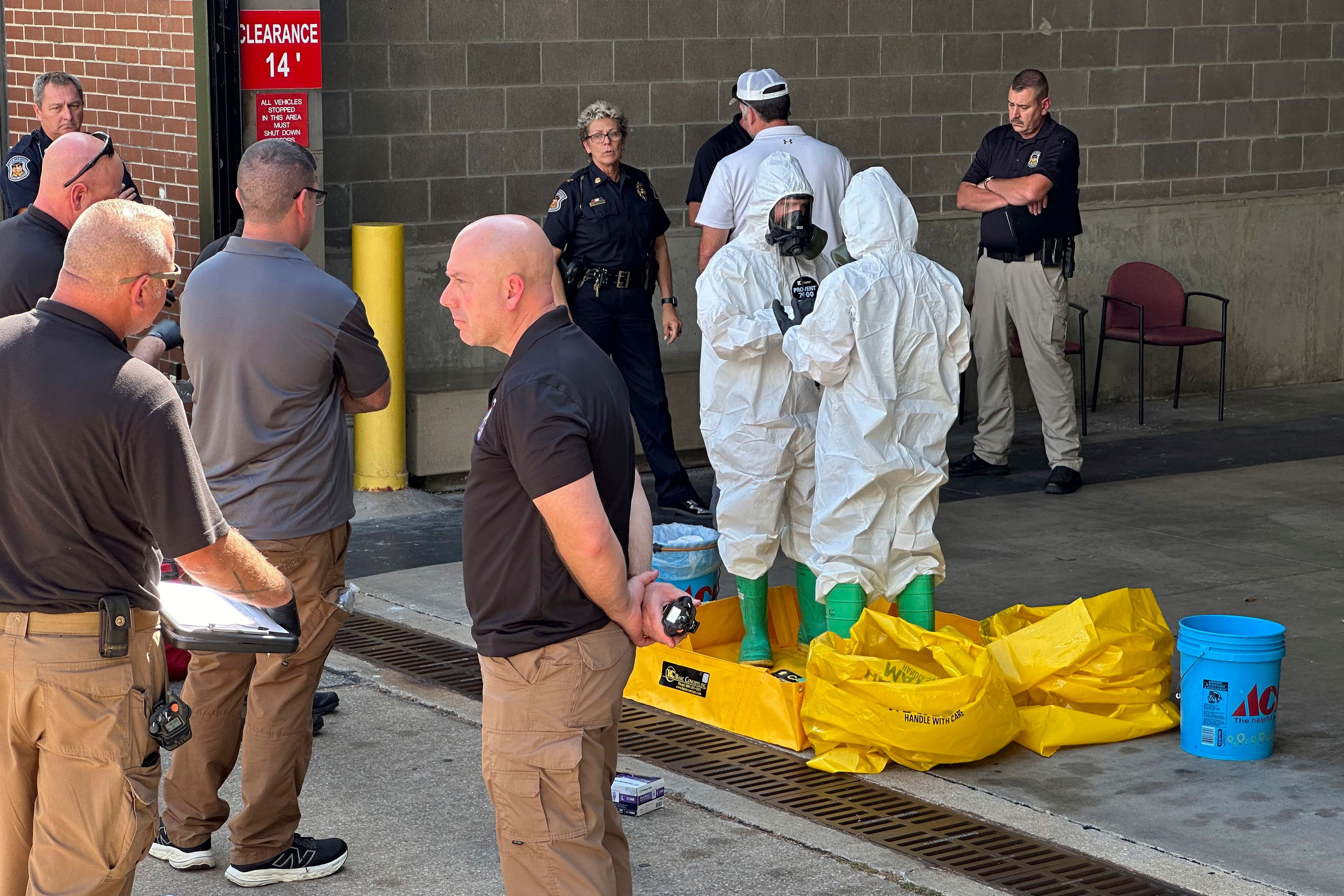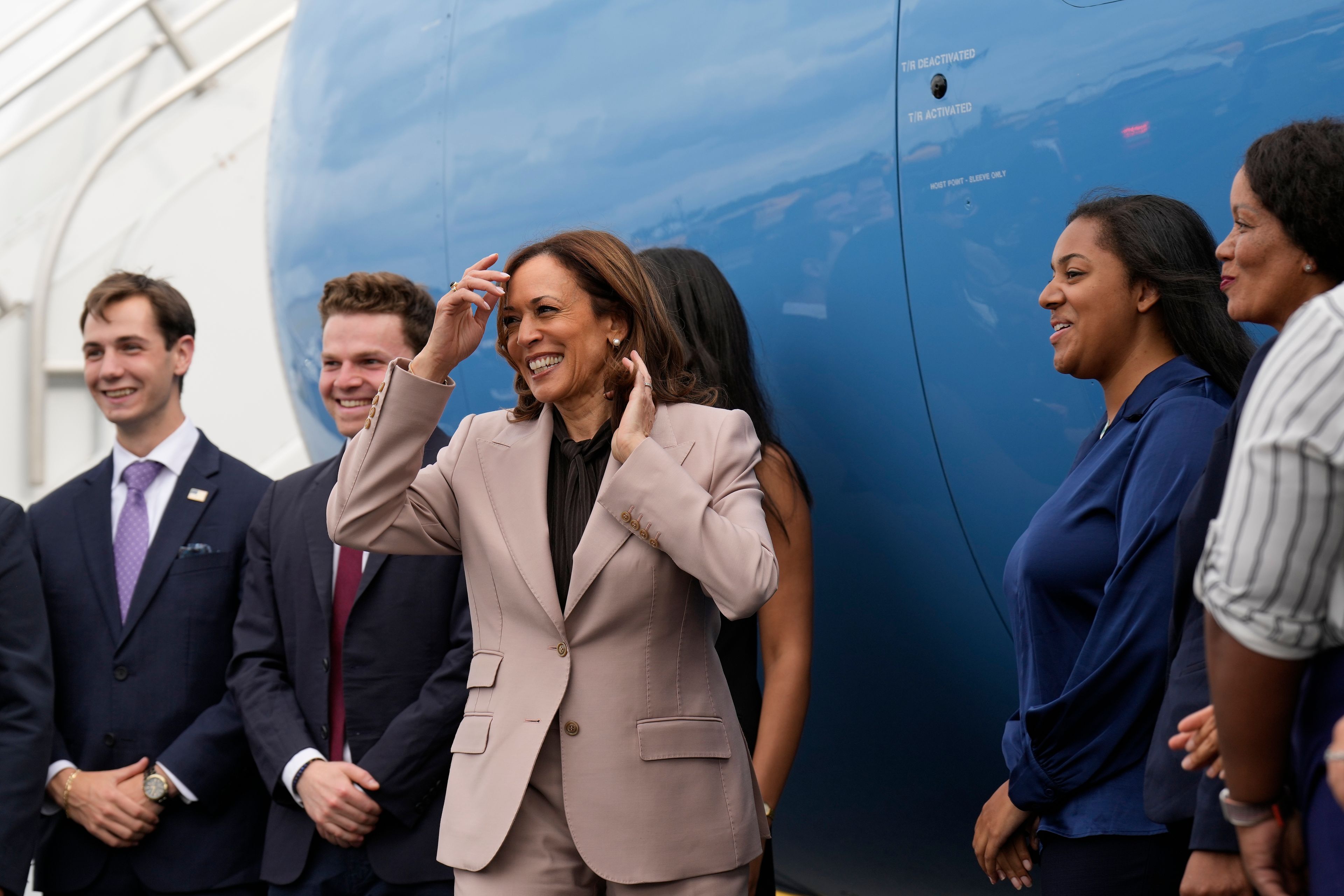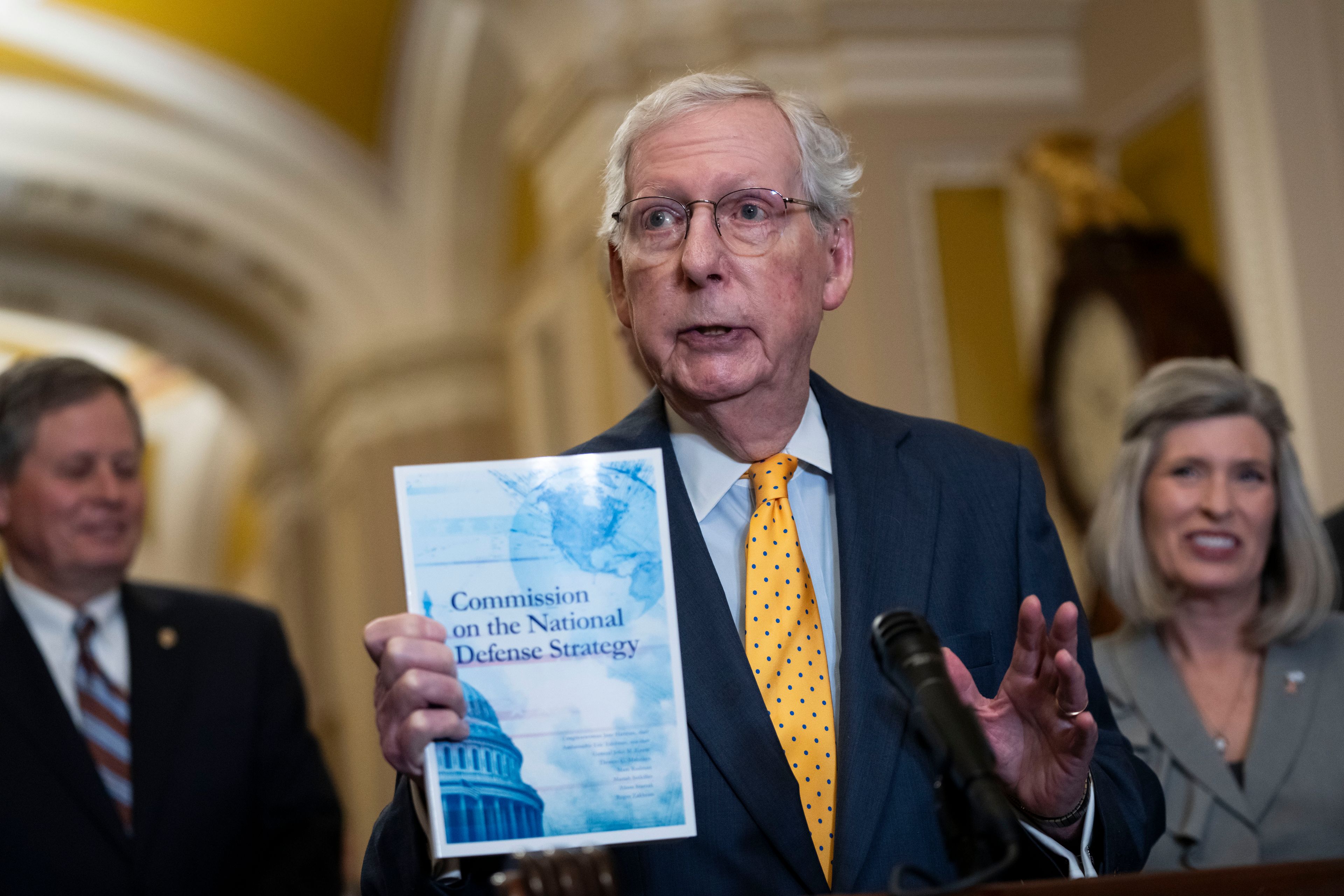Four counterfeit $100 bills slipped by the attention of cashiers and other money handlers recently, but not because employees were negligent. Counterfeit bills of any denomination are such a rarity most people will probably never see any, said Jim Bohnert, assistant special agent in charge of the Secret Service field office in St. Louis.
"The vast, vast majority of these notes are genuine," Bohnert said of money circulating today. "People shouldn't be so suspicious that it disrupts the normal source of commerce."
Two $100 notes were traced to a Cape Girardeau Cingular Wireless store by the company's bank, Bohnert said. A third was likewise detected by bank officials after its deposit by an Advance, Mo., Cingular Wireless store. A fourth bill in a deposit was reported by one of the three US Bank facilities in Cape Girardeau, Bohnert said.
All the notes had different serial numbers, Bohnert said, but authorities believe they were created by the same person. All were reported the third week of April.
Cingular and US Bank officials were not available for comment
Bohnert said $100 bills would not have aroused any suspicion among Cingular employees because they may see many such bills during the course of a day due to the price of Cingular products. Twenty-dollar bills are the most popular denomination to be counterfeited in the United States, he said, because they are likely to draw less attention from cashiers than $100 bills.
Counterfeiters' preferred method of making fake notes is the everyday copier. Bohnert said today's copiers are so advanced in reproducing color and details that detecting fake bills with the naked eye can be a challenge.
To combat thieves, the federal government has improved its printing practices to include items that today's copiers can't duplicate, such as watermarks, specially colored inks and tiny colored threads. They are visible the naked eye on legitimate bills from the $5 bill up, but they won't appear on counterfeit notes.
Bohnert doesn't recommend the "counterfeit pens" popular today. They are marketed as a tool to detect counterfeit notes when the ink changes color when drawn on the bill. But Bohnert said the pens can give false readings, changing color on a legitimate note.
Counterfeiters today range in age from teenagers to adults, he said.
"It's anyone who has a printer," he said. "We're seeing a lot of it in drug trades."
However, despite the ease in creating believable copies, there are few counterfeit cases, Bohnert said.
"We have more identity theft and credit card fraud," he said.
Cape Girardeau police Sgt. Barry Hovis said reports of counterfeiting seems to be on the decline.
Twenty-eight cases were reported in 2006, down from 57 in 2005. Seven have been reported to date this year.
Counterfeiting is an old crime, according to information on the Secret Service Web site.
During the American Revolution, Continental currency became worthless after the British counterfeited money in large amounts. During the Civil War, at least one-third of the circulated currency was counterfeit.
In 1862, a national currency was adopted to resolve the problem; however, that currency soon was counterfeited to the point the U.S. Secret Service was established in 1865 to suppress it.
To learn more about counterfeiting and how to detect counterfeit notes, visit the Secret Service's Web site at www.secretservice.gov/money_detect.shtml.
carel@semissourian.com
335-6611, extension 127







